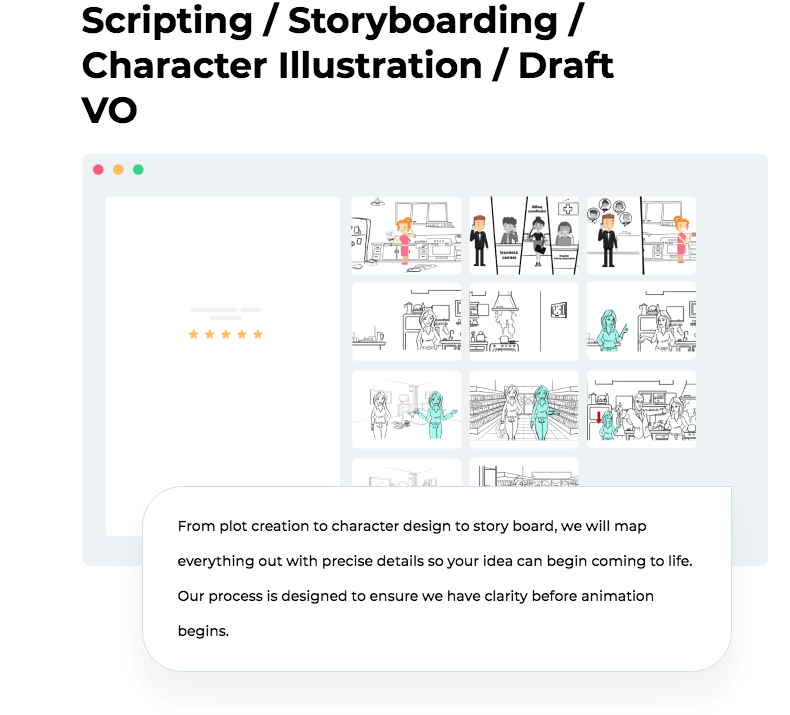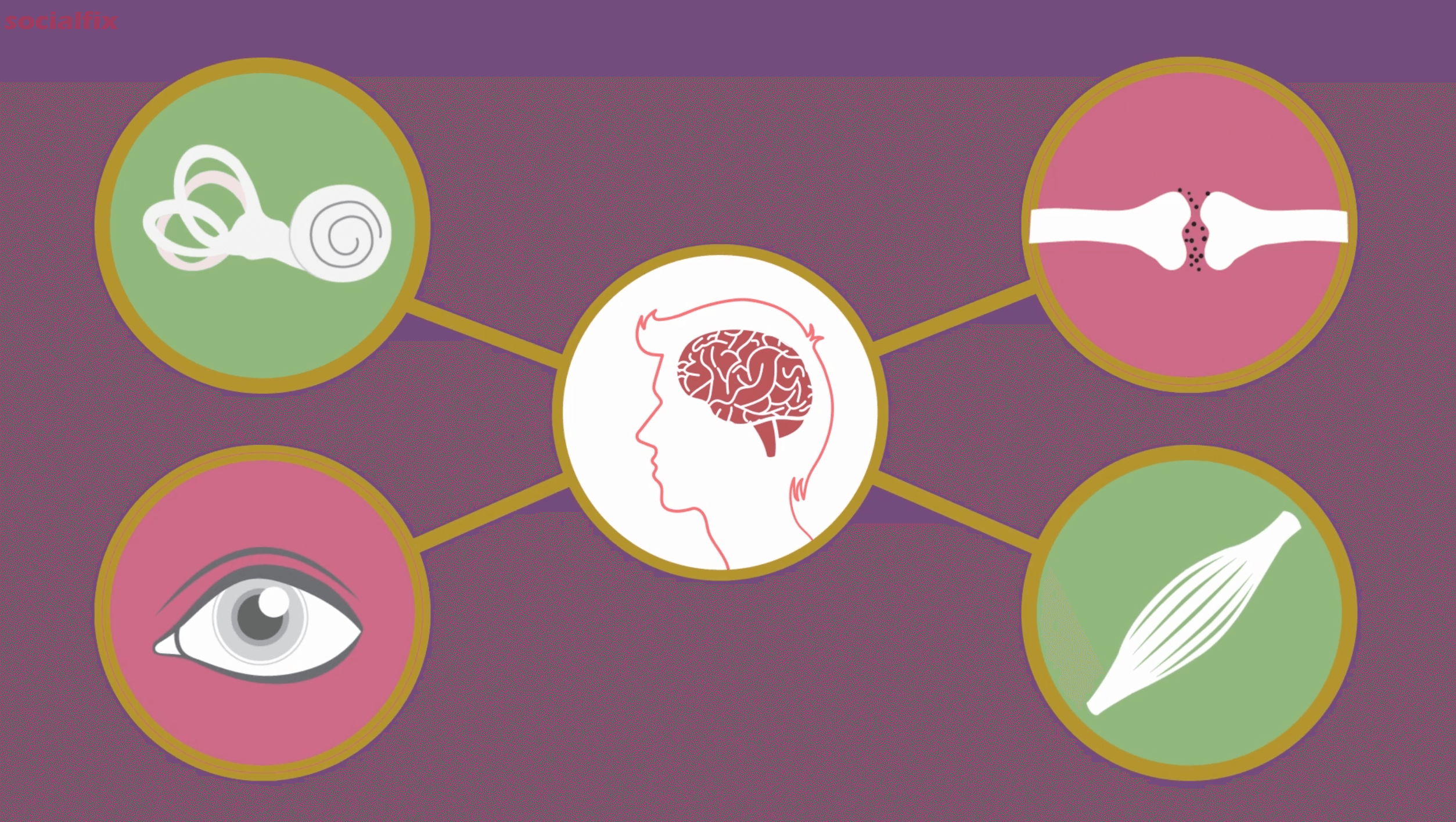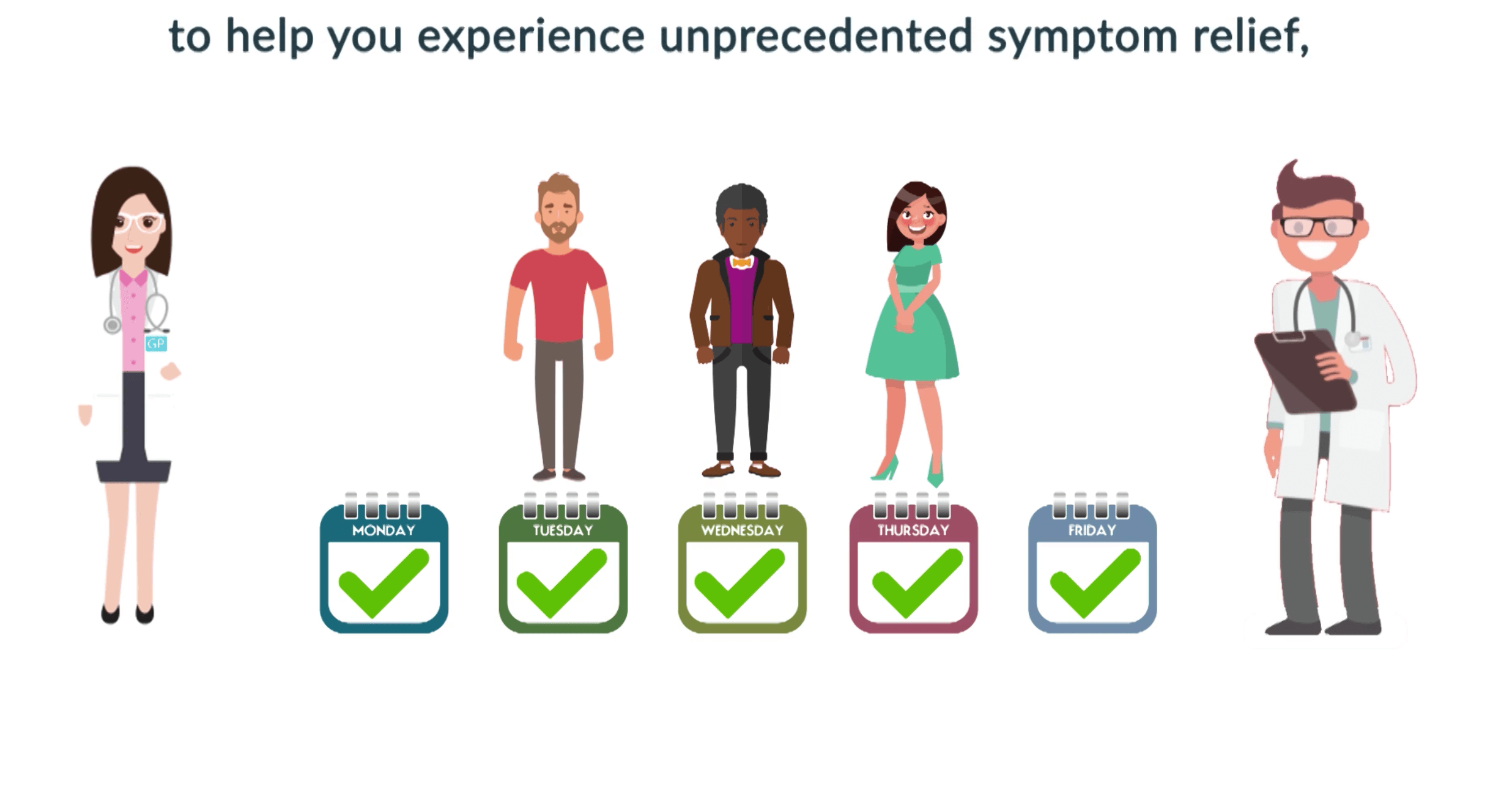Want a heads up when a new story drops? Subscribe here.
Animated explainer videos enable marketers to present even the most complicated ideas in a fluent and light-hearted way. Video is the perfect combination of entertainment and storytelling to creatively explain the benefits of a product or service. With clear narration, simple but engaging graphics, and distinct and powerful call-to-action messages, using animated video is the best way to tell a story and turn even the most boring topics into interesting ones. Video content simplifies complex realities and makes long operating manuals, business strategies, and advanced technological processes more digestible.
Watching a short video helps reduce informational stress. This is especially important when targeting senior-level executives who hardly have the time to go through a whole batch of facts, figures, and data, getting lost in clichés, marketing jargon, and complex terminology. The chances are they will not even skim through your presentation as they are so bombarded with marketing messages. Everyone wants their business, from asset management companies and investment banks to marketing and advertising agencies, software companies, and consulting firms.
Because everyone competes for the attention of senior executives, their personal assistants are often tasked with filtering out irrelevant information, junk mail, and unwanted visitors and calls. But c-level executives are just like the rest of us – they need information to make decisions. And it is information that is organized in a meaningful form that has a better chance of capturing the attention of top executives. They can be hard to reach sometimes but it is even harder to spark their interest.
What this means for you as a B2B business is that how you present your company matters. Offering targeted, focused, and captivating video content, for example, can lead to significant rewards. From grabbing the attention of decision-makers to simplifying complicated processes and delivering your message more effectively, here are 9 reasons to incorporate an animated explainer video in your marketing strategy.
Table of Contents
1. Capture Attention
As humans, we are naturally attracted to color, sound, and movement, which is why video content is more likely to capture our attention. Most of us are visual and auditory learners as research suggests. An article presented at the International Conference on Social Science and Humanity reveals that 40 percent of all school age children are visual learners and 20 – 30 percent of them are auditory learners. About 40 percent of college students also prefer visual content in the form of demonstrations, films, timelines, flow charts, diagrams, and pictures. Visual information, in particular, is processed by the brain much faster than other stimuli. A study conducted by researchers at the Massachusetts Institute of Technology shows that the brain has the capacity to process images for as little as 13 milliseconds.
By harnessing our vision and hearing, marketers effectively capture our visual and auditory attention. Most of us will spot an item right away if it is oriented differently, has a different shape, size, or color, or is moving quickly. Sounds also vary in intensity, pitch, and frequency, and acoustically unusual sounds are more likely to grab our attention. Video offers endless opportunities to use visual cues such as contrasting colors and different shapes, moving or fading objects, and unexpected juxtapositions. Sound can also be used to add continuity, accentuate a mood, immerse viewers in an illusion, and enhance the narrative.
2. Soft Marketing through Storytelling
Animation is associated with marketing to a lesser extent than other promotional tools, including live video. There are plenty of benefits to using a soft-sell which is a more conversational, low-pressure approach using subtle language. The goal here is to develop relationships by offering stories that are inspirational, creative, and authentic. Storytelling conveys messages in a way that makes them pass easier. It is a powerful communication tool that enables people to relate to the life experiences and journeys of others, their happiness, pain, struggle, hard work, emotional turmoil, and tears of joy and relief.
Video content offers endless opportunities to tell an emotional story. You create characters to show how the events they are encountering are pushing them in new and unexpected directions. As the story unfolds, viewers are not just learning about their interests and what they hold dear but about the reasons behind these interests and desires. When characters become more than what they like or know, people begin to relate.
Video makes it possible to create a compelling storyline that entrances audiences. Characters travel from your fantasy world into their imagination and live there like a dear old friend who is a reflection of them and their values. A connection like this is what we want to build, this is why we tell stories.
In marketing, storytelling is no longer about what a product is but about the consumer experience. Stories help bridge the gap between brands and consumers but only if you are genuine. People love heroes, champions, and guardians but they also want to see their vulnerability and fragility. We all make wrong choices and bad decisions that can have serious consequences, and this is what makes us human. Our choices, good or bad, influence our relationships, safety, and health, how we spend our time, and which direction we are going in life. What people want to see from heroes is that their lives get pulled in various directions just like everyone else. A story that has this human element allows people to get immersed, empathize, relate, and engage on an emotional level. Behind every successful marketing campaign is a powerful story of adversity and pain and the determination and promise to build a better future.
3. Animated Explainers Are Not Just About Script
Unlike other forms of video that rely more heavily on dialogue and stage direction, here the only limit to what you can do is your imagination. The characters can dance, fly, or sail the seas while the story may take place in any location and time period. You can have an old curved, rectangle or circle knight who always dreamt of living a quiet life with the lady of his heart but cannot stay home when the King and all the fellow knights are fighting in the Crusades. Or you can have pirates sailing the seas, targeting ships and coastal towns, and drinking rum. A story of dirt and toughness where you suddenly realize these are ordinary people turning to crime to make ends meet.

From plot creation to character design to story board, we will map everything out with precise details so your idea can begin coming to life. Our process is designed to ensure we have clarity before animation begins.
Whatever the choice of plot and characters – pirates, mythical creatures, zombies, or Santa and his elves, animated explainers allow brands to develop a compelling storyline for a creative presentation of their product or service.
4. Choice of Genre and Style
There is a variety of video animation styles and genres to choose from and make your video more engaging and memorable. Some of the more effective and popular animated choices include 3D animation, stop motion, motion graphics, and whiteboard, animated character, and cartoon-style videos. Stop motion is usually used by brands in creative industries such as crafts, performance art, fashion, design, and advertising and promotion. 3D and motion graphics are ideal when you need to explain abstract concepts and ideas. Animated characters help humanize your brand and develop a deeper connection with your audience.

Tip: Hundreds of growing businesses use Socialfix to create short engaging explainer videos to reach wider audiences and promote their products and services.
5. Animation Simplifies Complex Ideas and Processes
A big advantage of animated explainer videos is that they make complex ideas look simple. Some things that we use on a daily basis are made possible thanks to the development of advanced algorithms. Think of wire transfers, for example. We can send money from one bank account to another without having an even basic understanding of the complicated algorithms that financial institutions use. Even if we try to learn more about all the steps and processes involved, this information is hard to grasp and understand without expert knowledge.

Image showing how animation he
The reality is that many of the things we use are powered by complex technological processes. Businesses also need to explain such processes, systems, and operations in a form that is easy to digest. Using an animated explainer video is one such way to present a product to potential partners and customers in a simple and entertaining manner.
6. Executives Watch Videos
Video is increasingly becoming an important source of information for c-level executives. A study by Forbes and Google shows that over 80 percent of managers watch more videos than they did a year ago. Three-quarters of the respondents also say they browse business-related websites to watch videos at least once a week. The most common types of video content that executives watch on business websites include news reports (74 percent), expert advice and business insights (64 percent), and panel discussions, event presentations, and speeches (57 percent). The top channel for 52 percent of executives is YouTube. About 1/3 or 28 percent of senior executives watch product demonstrations on YouTube and 24 percent watch how-to videos. Both can be in the form of animated explainers that briefly explain the distinct advantages that your products or services offer.
Additionally, businesses that are looking to target the c-suite should take into account what managers expect to see. The survey shows that senior executives prefer a mix of video and written text and use different channels to access information, for example, YouTube for customer testimonials and business websites for news content. Offering both video and text can help reach and engage with wider audiences that are otherwise looking for information across channels.
7. Explainer Video Sells
Explainer videos are a top choice of consumers who want to learn the ins and outs of a specific product. According to the Video Marketing Statistics 2021 report by Wyzowl, 96 percent of consumers watch explainer videos to learn about a service or product, and 84 percent share they have made a product purchase after watching a branded video. 79 percent of respondents also say they have been convinced to download or buy an app or software.
When asked about the format they like the most, 69 percent of people show preference for short videos. In contrast, only 4 percent of consumers would view an infographic and 18 percent prefer written content in the form of a post, website, or article.
The survey also shows that consumers are two times more likely to share explainer videos than other forms of content, including product pages, articles, blog posts, and social media posts.
8. Explainer Videos Are Versatile
Creating animated videos is a great way to explain the gist of your business or product in just 1 – 2 minutes. Explainers are also quite versatile and can be used to pitch a new product or idea, for paid advertisements on social media, or as part of your email marketing campaign. You can also create a video ad, product or company demonstration, brand film, tutorial, and behind-the-scenes video. More generally, video content can be divided into three broader categories – education, engagement, and awareness. Educational explainers help brands teach consumers something, whether in the form of a how-to video or a consumer case study. When the focus is on engagement, be it a share, comment, or like, the goal is to trigger an emotional response and spark a reaction. Awareness videos enable brands to engage with customers and explain who they are, what they do, and why they are doing it. Awareness videos can also be used to share firsthand accounts or a story of change, draw attention to important issues, and increase brand visibility. Examples include “meet the team” or company culture videos, round-ups, and interviews.
9. Engage Everyone
The good thing about explainer videos is that you can engage with any audience and people from all walks of life. This can be helpful if you are targeting consumers across a wide range of demographics. You don’t necessarily need human characters that a certain category of customers can relate to. Think of mascots like Milka’s cow, Pom Bear, Tony the Tiger, or Sony the Cuckoo Bird. Animation offers virtually endless opportunities when it comes to character creation.

Image showing how animation can help a medical practice
And if you need targeted video content, there are handy tools that you can use to identify consumers who might be interested in your product. Market segmentation, for example, allows you to divide audiences into smaller categories based on location, interests, and demographics. The four main types are geographic, behavioral, psychographic, and demographic. Psychographic segmentation helps identify customers by factors such as conscious and subconscious beliefs, lifestyle, attitudes, values, and personality traits. The main focus of behavioral segmentation is on brand interactions, status, and spending and purchasing habits. The third type, geographic segmentation categorizes consumers based on country, city, rural or urban living, and climate. Finally, demographic segmentation draws on statistical data and factors like education, income, family status, gender, age, and ethnicity.
Takeaways
Short explainer videos help businesses to simplify complex ideas and tell stories to capture attention and make their message heard above the noise. In many cases, the solution or product you offer may not be tangible. Think of downloadable music, financial and business services, brokerage, freight forwarding, and travel. When marketing intangible products, creating an animated explainer can help present concepts, processes, and abstract ideas. High-tech companies, in particular, use short videos to describe how their products work and how consumers benefit from using them. Customers make buying decisions based on perceived benefits that a product offers. It is smart functionalities, user experience, or ad-free interface that consumers buy and not just a TV set. An explainer video enables marketers to quickly explain the benefits that customers are looking for. What a product ultimately does is solve problems and improve users’ lives. Sometimes, however, the benefits of using a service or product are not immediately obvious or it just looks boring. Take an electric kettle water heater with a 2000-watt heating ring, for example. What an explainer video should do is offer a solution to a specific problem or need. It can be that the heater boils water in less than 30 seconds, thus enabling café shops to make warm drinks fast enough.
Once you have an animated explainer, you can always repurpose it by turning graphics into an animated or static infographic or PowerPoint or you can create multiple short videos to share on social media. Repurposing offers more opportunities to generate organic traffic to your landing page or original video. This is also a good way to invite customers to visit your website and learn about your products and how they can solve problems that affect their life and business.
Sources:
http://www.ipedr.com/vol5/no2/104-H10249.pdf
https://news.mit.edu/2014/in-the-blink-of-an-eye-0116
https://images.forbes.com/forbesinsights/StudyPDFs/Video_in_the_CSuite.pdf
https://www.wyzowl.com/video-marketing-statistics/
https://blog.alexa.com/types-of-market-segmentation/




